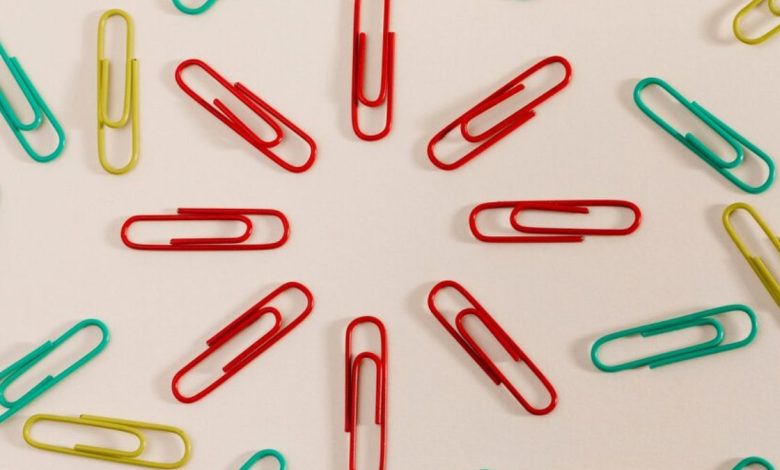
Introduction to the Safety Pin
What’s small, handy, and probably hiding in every household drawer? If you guessed the safety pin, you’re spot on! This tiny tool might seem humble, but its importance in everyday life can’t be overstated. Whether you need to quickly fix a piece of clothing, secure something temporarily, or even make a fashion statement, the safety pin is there for you.
History of the Safety Pin
The safety pin wasn’t always as common as it is today. It was first invented by an American mechanic named Walter Hunt in 1849. The story goes that Hunt created it as a way to settle a $15 debt. However, the concept of pins dates back much earlier. Ancient cultures, including the Greeks and Romans, used variations of the safety pin for fastening clothing.
From its early uses to secure garments, the safety pin evolved, especially during the Industrial Revolution when mass production made it more widely available. Today, it’s a staple found in almost every household.
How it Works
At its core, the safety pin’s design is beautifully simple. It consists of a pin that is coiled into a spring at one end, with the other end fitting into a clasp. This clasp protects the user from being pricked by the sharp point. This straightforward mechanism has made it a reliable tool for centuries.
There are different types of safety pins, including those designed for heavier fabrics or for decorative purposes. Some are made from stainless steel, while others are plastic-coated for extra protection.
Common Uses
The safety pin has countless uses, many of which we encounter in our daily lives. One of its most common applications is in clothing and fabric repair. Have a button pop off at the worst possible time? Grab a safety pin! It can temporarily hold things together until you have time to sew.
Another popular use is in arts and crafts. Whether you’re making a DIY jewelry piece or creating home decor, safety pins can serve as an affordable and creative tool. They’re also used as temporary fasteners for jewelry, especially necklaces and bracelets.
The Safety Pin in Fashion
The safety pin’s journey from a functional tool to a fashion statement is quite fascinating. In the late 1970s, safety pins became synonymous with the punk rock movement. Rebels used them as a symbol of defiance, wearing them in clothing, accessories, and even piercing them through the skin.
Fast forward to today, and you’ll find safety pins in high fashion. Designers have incorporated them into their creations, and celebrities like Elizabeth Hurley have worn safety pins as part of iconic red-carpet looks. The safety pin is no longer just a tool but a statement piece.
Safety Pin Hacks for Everyday Use
While we all know the basic uses of a safety pin, there are many creative ways to utilize it in everyday situations. For example, did you know you can use a safety pin to fix a broken zipper? Simply attach the pin to the zipper tab, and voila – it’s functional again.
Lost your keys and need a temporary solution? A safety pin can double as a makeshift key holder. It’s also great for unclogging glue bottles, where the sharp end can clear out the dried glue blocking the nozzle.
Safety Concerns and Best Practices
Although safety pins are incredibly useful, they can pose a safety hazard if not used correctly. Always make sure to secure the clasp properly to avoid accidental pricks. Additionally, keep safety pins out of the reach of small children, as they can be a choking hazard or cause injury if mishandled.
The Safety Pin as a Symbol
Beyond its practical uses, the safety pin has become a powerful symbol. After the Brexit vote in 2016, people in the UK started wearing safety pins to show solidarity with immigrants and minorities. The symbol spread worldwide, becoming a quiet yet impactful way of expressing support for marginalized communities.
Environmental Impact of Safety Pins
When it comes to sustainability, safety pins are relatively eco-friendly compared to other fasteners made from plastic. However, they are often made of metal, which requires resources to mine and manufacture. If you’re aiming for a zero-waste lifestyle, you might consider alternatives like reusable fabric fasteners or biodegradable clips.
DIY Projects with Safety Pins
Feeling crafty? Safety pins can be the base for some fun and easy DIY projects. You can make stylish bracelets or necklaces by stringing beads onto safety pins and connecting them together. Or, use them to create unique wall art or home decor.
Cultural Significance of the Safety Pin
In some cultures, safety pins are believed to offer protection. For example, in India, it’s common to pin a small safety pin to a newborn’s clothing as a way to ward off evil spirits. There are also various superstitions surrounding safety pins, such as the belief that finding one on the ground brings good luck.
Famous Moments in History Involving Safety Pins
Safety pins have had their share of the spotlight in history. One famous moment was when fashion designer Gianni Versace created the iconic “safety pin dress” worn by Elizabeth Hurley at the 1994 premiere of Four Weddings and a Funeral. The dress became a fashion sensation and is still remembered today.
How to Choose the Right Safety Pin
Not all safety pins are created equal. When choosing a safety pin, consider the material and size. For delicate fabrics, a small plastic-coated pin may be best. For heavy fabrics or outdoor use, opt for a sturdy, stainless steel safety pin.
The Future of the Safety Pin
As simple as it is, the safety pin may continue to evolve. New designs could include improved safety features or eco-friendly materials. While it may seem like a relic of the past, the safety pin’s versatility means it will likely remain a part of our lives for years to come.
Conclusion
The safety pin, despite its unassuming appearance, has proven to be a timeless tool. From its humble beginnings in ancient civilizations to its place in modern fashion, it has stood the test of time. Whether you use it for practical purposes or as a statement piece, the safety pin will always have a place in our world.
FAQs
- What was the original purpose of the safety pin?
The safety pin was invented to settle a debt, but it quickly became a tool for securing clothing and fabrics. - Is wearing safety pins a symbol of something?
Yes, safety pins have been used as a symbol of solidarity and support for marginalized communities. - Can safety pins be used in fashion?
Absolutely! Safety pins have made appearances in both punk rock fashion and high-end designer collections. - Are safety pins eco-friendly?
They are more sustainable than plastic alternatives, but they still have some environmental impact due to their metal content. - How can I use safety pins creatively at home?
You can make jewelry, create DIY art, or even use them in simple home repairs like fixing zippers.





